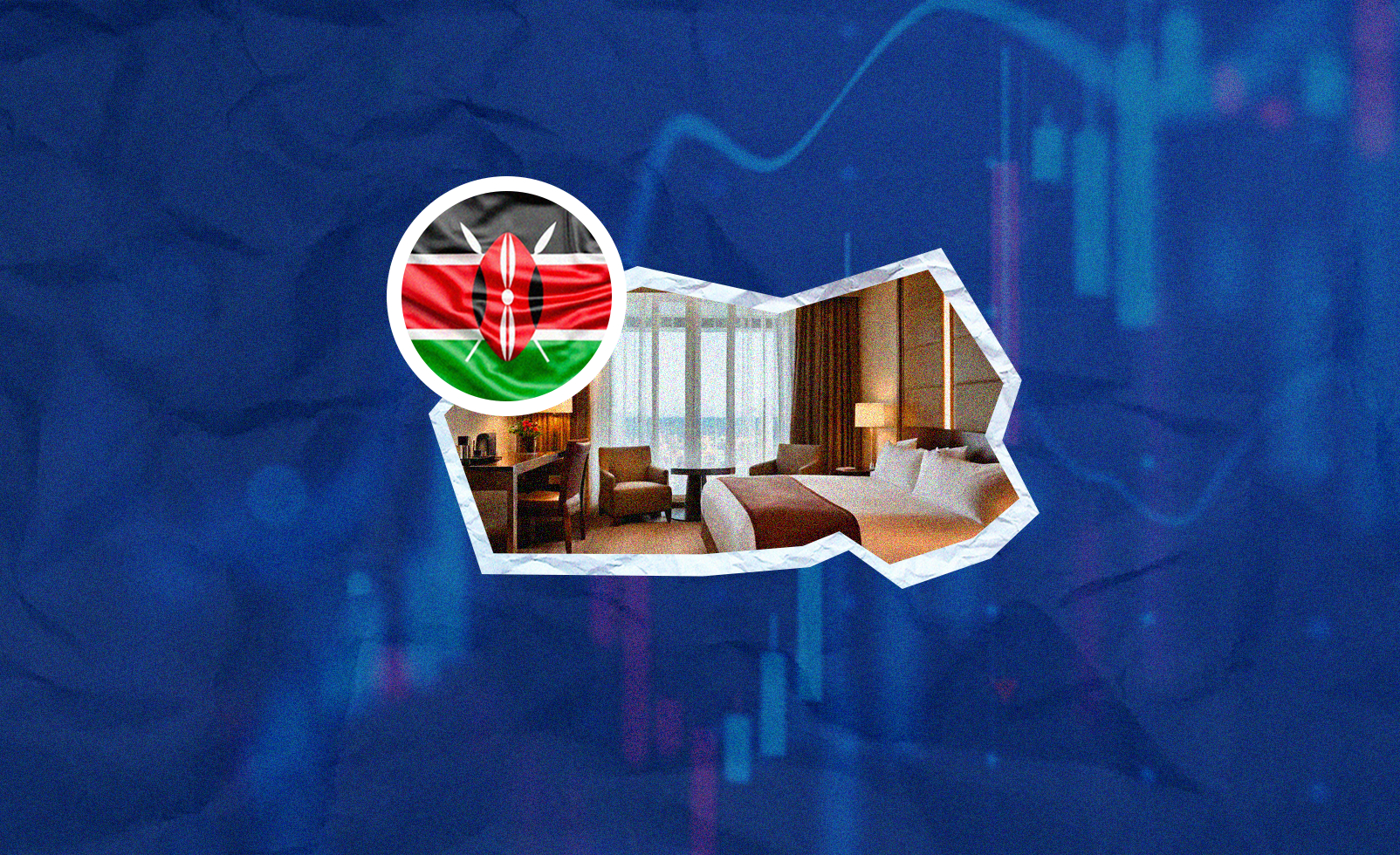Kenya Real Estate Retail Market Evolution (1983 - 2023)
Linah Amondi . 5 months ago
actis
Avic International
BBS Mall
Kenya Retail Market
Sarit
Two Rivers

Share this post
Subscribe to our newsletter
Introduction Kenya’s formal retail market has grown overtime since 1983 to meet the rising demand for quality shopping centers. This has mainly been driven by positive demographics, improved infrastructure services, and a favourable business environment. Additionally, foreign capital has played a key role in the influx of international retailers and developers into the country over…
Introduction
Kenya’s formal retail market has grown overtime since 1983 to meet the rising demand for quality shopping centers. This has mainly been driven by positive demographics, improved infrastructure services, and a favourable business environment. Additionally, foreign capital has played a key role in the influx of international retailers and developers into the country over time, due to the demand for products and services. Notably, the wholesale and retail sector currently account for 15.4% of FDI’s in the country, and has consistently been in the top three largest contributors of Kenya’s GDP.
Overall, formal retail space has grown by approximately 28.3% p.a on average since 1983, with the current total stock tracked by estate intel amounting to 1,232,925 m2. Notably approximately 15% of the retail malls were developed by foreign investors, while the remaining 85% were constructed by domestic investors.


Source: Estate Intel
Compared to other African countries, Kenya had a head start in this market. As a result, it has since featured as one of the leading retail hubs in Africa, with Nairobi having a density estimated at 0.14, higher than other cities in Africa such as Lagos and Accra with 0.018 and 0.06 respectively. As such, this article seeks to highlight the sectors’ evolution with significant timelines in Kenya’s retail formalization:
- Pre 2000 (The Debut)
The penetration of Kenya’s formal retail market dates far back to 1983. The opening of Sarit Center in that year marked the country’s first shopping mall located in Nairobi’s Westlands District, with a leasable area spanning over 20,903 m2 in the first phase of construction. Interestingly, this later influenced the introduction of other shopping malls in the country such as the Yaya Center in 1992, and Village Market in 1995, among others. Consequently, a total of 67,895 m2 of retail space was added in the market during the period under review.

Sarit Centre, Kenya’s First Shopping Mall
- 2000 – 2010 (The Expansion)
With an increasing middle class population, Kenya’s retail market witnessed the addition of 106,069 m2 stock between 2000 and 2010. This was mainly influenced by the uprising of homegrown retail brands such as Nakumatt and Uchumi. Notably, these were Kenya’s retail giants and primary anchor tenants for more than a decade. Overall, this resulted in key completions of neighbourhood and convenience centers such as: the Westgate Mall in Westlands, Capital Center along Mombasa Road, and Junction Mall in Kilimani, among others.

- 2010 – 2015 (Foreign Capital Boost)
This period marked an increased interest by foreign investors and developers into the retail market. Notably, While Actis had already debuted in the market through the development of the Junction Mall project in 2004, it expanded and completed the second phase of the mall in 2013. They further launched the Garden City Mall in 2013 which was completed in 2015. Additionally this is the period when South Africa’s Stanlib raised capital to establish Kenya’s first REIT, with the Greenspan Mall being an underlying property. Other notable milestones were Avic International Real Estate’s construction commencement of GTC as a mixed use development in Westlands, whereas Delamere Group launched and completed the Buffalo Mall project in Naivasha.
Overall, the market witnessed the completion of 339,123 m2 of stock by both foreign and local investors during this period.

- 2015 – 2018 (The Boom Era)
Following the increased entries and the initiation of projects by both native and foreign investors, this era marked the retail sector’s boom. This was as a result of the market’s growing popularity as an attractive investment opportunity and retail hub in East Africa. Consequently, this led to the launch and completion of more projects, with the majority being among Kenya’s biggest malls. These included the Two Rivers Mall which is the second biggest mall in Kenya, Garden City Mall, Rosslyn Riviera Mall, Village Market expansion, and The Hub Karen among others. Overall, this brought a total of 503,193 m2 of formal retail space, the largest stock in the country.

Two Rivers Mall, Second Biggest Mall In Kenya
- 2018 – 2023 (The Great Decline)
As a result of the boom, vacancies in the market rose to 19.7% in 2017, due to an overall oversupply of space. As such, this period was characterized by a developers recession, as various construction plans were halted to encourage the absorption of the existing space. This is in addition to the COVID-19 pandemic which saw a general shift in shopping strategies to a hybrid one. Consequently this caused a decline in demand for physical spaces, as some downsized businesses.
Notably, 2023 recorded the debut of Kenya’s biggest mall to date through the opening of BBS Mall in Eastleigh, with a 130,000 m2 space:

BBS Mall, Biggest Shopping Center In Kenya
Despite the Growth Realized, Overall Retail Penetration In The Country Still Stands At Less Than 50%
While growth has been realized in various parts of the country, some regions such as the northern parts of the country among others have inadequate or rather lack quality shopping centers. Notably, majority of the formal shopping centers are concentrated in the country’s bigger urban areas:

Source: Estate Intel
As a result of the mismatched distribution, Kenya’s overall formal retail penetration stands at less than 50%. Notably, there are various factors that have inhibited the overall optimum performance of the retail market. These include the inadequate infrastructure in some parts of the country, depreciating currency, high interest rates, constrained consumer purchasing power, limited exit strategies, complex retail dynamics, and high construction costs among others. Evidently, the majority of these factors revolve around financial constraints which have consequently led to the closure and exit of key retailers in the country such as Shoprite, Nakumatt, Game Stores, Builders, and Tuskys, among others.
Conclusion – Convenience As A key Factor Driving Demand In The Retail Market
While consumers’ preference to big malls is high, so is their preference for smaller retail stores or neighbourhood malls. This is because they offer convenience through proximity, affordability, and flexibility given that some stores are run round the clock. With the onset of the pandemic, the country witnessed an uprising of smaller retail stores and evidently the hybrid shopping strategy is expected to further grow at an 11.0% CAGR between 2023-2027.
For the developments in the pipeline, the majority have not been given a definite timeline. However, estate intel estimates a 66,162 m2 stock will be delivered through projects like the Beacon and Cove Malls in Nairobi in the near future, and an overall slow down to be maintained in the sector.
Estate Intel loves your feedback! Let the Insights team know what you think about Kenya’s retail evolution by emailing [email protected].
Subscribe to ei Pro to access affordable real estate data such as; sales rates, yields, supply drivers, and information on key real estate market participants who are active in the market.
Related News
You will find these interesting

Linah Amondi . April 2024
Impact North, a logistics firm jointly owned by Improvon Group and Actis, has launched the construction of an A-grade wa...
actis
improvon

Linah Amondi . January 2024
Global growth investor, General Atlantic has entered into a definitive agreement with Actis, in an aim to create a susta...
actis
General Atlantic

Linah Amondi . December 2023
As the worst hit sector, Kenya’s hospitality market witnessed a decline in its overall performance through its sub marke...
actis
Kasada